
Filter News
Area of Research
- (-) Biology and Environment (54)
- (-) Neutron Science (26)
- Advanced Manufacturing (24)
- Building Technologies (3)
- Computational Biology (1)
- Computer Science (3)
- Electricity and Smart Grid (1)
- Energy Science (148)
- Energy Sciences (1)
- Fuel Cycle Science and Technology (1)
- Functional Materials for Energy (1)
- Fusion and Fission (31)
- Fusion Energy (11)
- Isotope Development and Production (1)
- Isotopes (27)
- Materials (93)
- Materials for Computing (16)
- National Security (27)
- Nuclear Science and Technology (40)
- Nuclear Systems Modeling, Simulation and Validation (1)
- Quantum information Science (4)
- Supercomputing (45)
News Topics
- (-) 3-D Printing/Advanced Manufacturing (15)
- (-) Coronavirus (20)
- (-) Cybersecurity (1)
- (-) Isotopes (2)
- (-) Microscopy (13)
- (-) Nuclear Energy (4)
- (-) Polymers (3)
- (-) Space Exploration (3)
- Advanced Reactors (2)
- Artificial Intelligence (14)
- Big Data (11)
- Bioenergy (52)
- Biology (78)
- Biomedical (29)
- Biotechnology (14)
- Buildings (2)
- Chemical Sciences (15)
- Clean Water (13)
- Composites (5)
- Computer Science (31)
- Critical Materials (1)
- Energy Storage (13)
- Environment (99)
- Exascale Computing (4)
- Fossil Energy (1)
- Frontier (4)
- Fusion (1)
- Grid (3)
- High-Performance Computing (22)
- Hydropower (9)
- Machine Learning (11)
- Materials (25)
- Materials Science (28)
- Mathematics (4)
- Mercury (7)
- Molten Salt (1)
- Nanotechnology (17)
- National Security (5)
- Neutron Science (120)
- Partnerships (6)
- Physics (11)
- Quantum Computing (1)
- Quantum Science (7)
- Security (4)
- Simulation (15)
- Summit (15)
- Transportation (8)
Media Contacts

Oak Ridge National Laboratory researchers determined that designing polymers specifically with upcycling in mind could reduce future plastic waste considerably and facilitate a circular economy where the material is used repeatedly.

Ten scientists from the Department of Energy’s Oak Ridge National Laboratory are among the world’s most highly cited researchers, according to a bibliometric analysis conducted by the scientific publication analytics firm Clarivate.
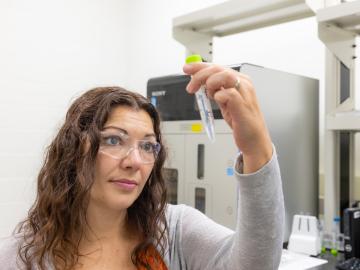
Carrie Eckert applies her skills as a synthetic biologist at ORNL to turn microorganisms into tiny factories that produce a variety of valuable fuels, chemicals and materials for the growing bioeconomy.
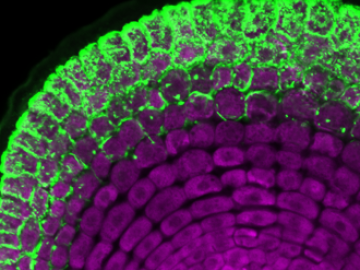
An ORNL team has successfully introduced a poplar gene into switchgrass, an important biofuel source, that allows switchgrass to interact with a beneficial fungus, ultimately boosting the grass’ growth and viability in changing environments.
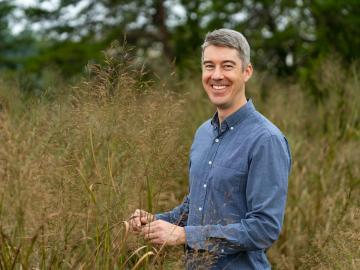
For ORNL environmental scientist and lover of the outdoors John Field, work in ecosystem modeling is a profession with tangible impacts.
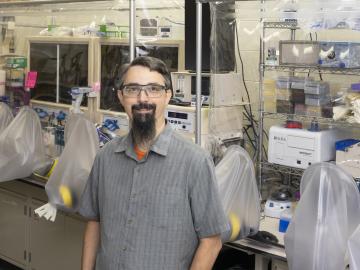
As a metabolic engineer at Oak Ridge National Laboratory, Adam Guss modifies microbes to perform the diverse processes needed to make sustainable biofuels and bioproducts.

An ORNL-led team comprising researchers from multiple DOE national laboratories is using artificial intelligence and computational screening techniques – in combination with experimental validation – to identify and design five promising drug therapy approaches to target the SARS-CoV-2 virus.
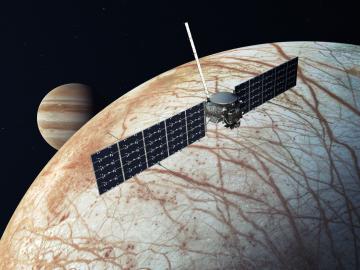
Researchers from NASA’s Jet Propulsion Laboratory and Oak Ridge National Laboratory successfully created amorphous ice, similar to ice in interstellar space and on icy worlds in our solar system. They documented that its disordered atomic behavior is unlike any ice on Earth.
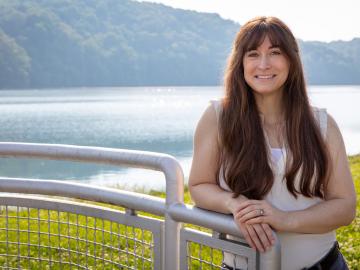
Carly Hansen, a water resources engineer at Oak Ridge National Laboratory, is rethinking what’s possible for hydropower in the United States.

At the Department of Energy’s Oak Ridge National Laboratory, scientists use artificial intelligence, or AI, to accelerate the discovery and development of materials for energy and information technologies.


